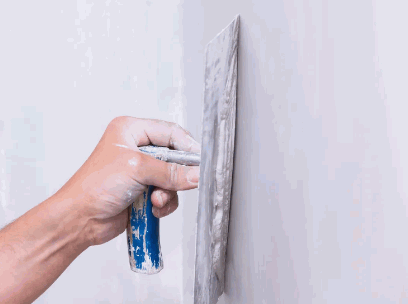If you're considering plastering your walls, you may be wondering about the different types of plastering, the costs involved, and whether it's worth hiring a professional.
We will explore the various types of plastering, including traditional, dry lining, and wet plastering. Additionally, we will discuss the factors that affect plastering costs, why plastering can be expensive, and ways to reduce the cost.
Lastly, we will talk about the benefits of hiring a professional plasterer for your project.
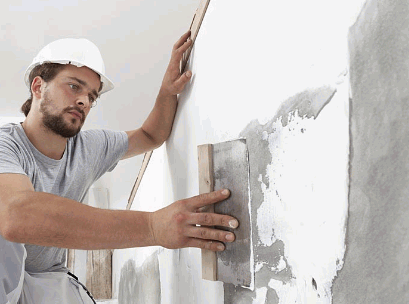
Contents
Plastering is the process of applying a smooth coat or layer of plaster to the walls or surfaces of a room to achieve a desired finish, often used in both new construction and repair work to enhance the aesthetic and structural integrity of walls.
One of the crucial steps in plastering involves preparing the surface by ensuring it is clean and free of debris to promote adhesion. After this, a basecoat of plaster is applied using a trowel, followed by a finishing coat for a polished look. Depending on the surface texture and desired finish, multiple coats may be necessary. The key to achieving a flawless result lies in skillful application techniques such as feathering and floating, which help create a seamless and uniform appearance across the walls.
Explore further: How To Fix Plaster Walls

There are several types of plastering techniques, each offering unique benefits and finishes for various surfaces, making it crucial to select the right type for your specific wall repair or maintenance needs.
Traditional plastering involves applying a mix of plaster onto walls in multiple coats to achieve a durable and smooth finish.
One essential aspect of traditional plastering is the selection of the plaster mix, which typically consists of materials like lime, sand, and water to create a cohesive and workable paste. This mix is then applied to the walls in several layers or coats, with each coat allowing for proper drying and curing before the next one is added.
The number of coats applied can vary depending on the desired thickness and texture of the final finish. Generally, a base coat, followed by a second and sometimes a finish coat, is used to achieve the desired level of smoothness and durability.
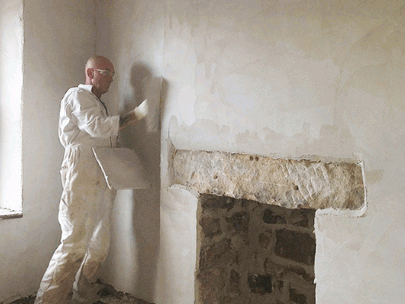
Dry lining plastering is a modern technique where plasterboard is attached to surfaces, providing a smooth and even finish without the need for multiple coats of plaster.
Plasterboard, also known as wallboard or drywall, is a versatile material that offers several advantages over traditional plastering methods. It is lightweight, easy to install, and provides excellent thermal and sound insulation properties, making it a popular choice for both residential and commercial projects.
The application process of dry lining involves fixing the plasterboard directly onto walls or ceilings using adhesive or screws. This creates a solid base for painting or wallpapering, significantly reducing the drying time compared to traditional wet plastering methods.
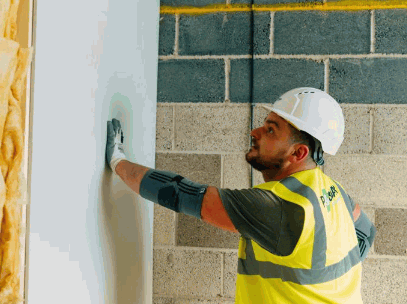
Wet plastering involves applying a wet mix of plaster directly to the wall to create a smooth and seamless finish.
When embarking on a wet plastering project, the first step is to prepare the surface by ensuring it is clean and free of dust. Once the surface is ready, a base coat of plaster is applied with a trowel in multiple layers to achieve the desired thickness. This is followed by a finishing coat, which is smoothed out using a float to eliminate any imperfections.
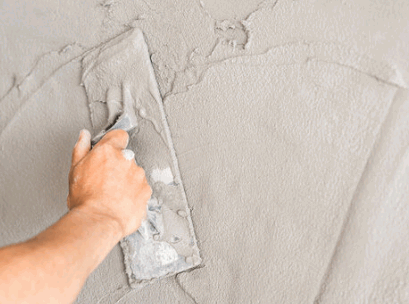
The cost of plastering can vary widely depending on factors such as the size of the job, the type of plaster used, and the rates in specific areas like London, with prices often calculated per square metre.
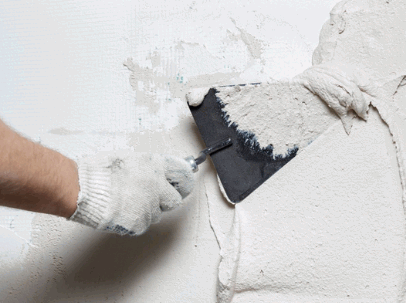
Several factors can affect the cost of a plastering job, including the size of the area to be plastered, the condition of the existing surface, and the type of property.
The size of the area to be plastered is a major determinant of the overall cost. Larger areas will naturally require more materials and labour, hence increasing the expenses. On the other hand, smaller areas might have a higher cost per square foot due to the precision and detailed work involved.
The condition of the existing surface is another crucial factor. If the surface requires extensive preparation or repairs before plastering can begin, it will lead to additional costs. Smooth and well-maintained surfaces typically incur lower expenses as they are ready for plaster application.
The type of property also plays a significant role in pricing. Plastering a single-family home may have different cost considerations compared to a commercial building or a historical property with intricate architectural features. Each type of property may have unique requirements that impact the overall cost of the plastering job.
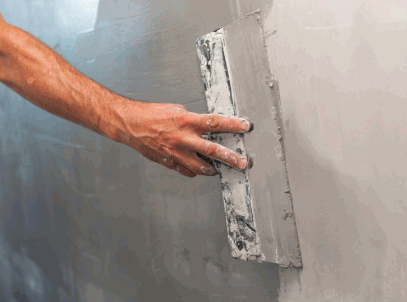
The average cost of plastering per square metre varies, but in areas like London, it typically ranges between £15 to £25 per square metre.
When looking at regions outside of London, the cost can be significantly different. For instance, in Northern England, the average price for plastering might fall between £10 to £15 per square metre. On the other hand, in the South East, prices could be slightly higher, ranging from £20 to £30 per square metre.
Several factors influence these variations in prices. The quality of materials used, the complexity of the job, and the experience of the plasterer all play a significant role in determining the final cost. Market demand and competition in a specific area can also affect pricing.
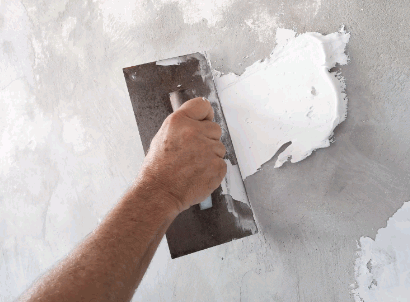
Additional costs for plastering can include labour charges, material expenses, and any necessary repairs to the existing surface.
Labout charges usually form a significant portion of the total cost involved in a plastering project. The expertise and time required for skilled labour can greatly influence the final bill.
The cost of materials, such as plaster, tape, and joint compound, can vary based on quality and quantity. Any repairs needed to prep the surface before plastering, like fixing cracks or applying primer, will add to the overall expenses.
It's essential to factor in these potential costs to accurately budget for your plastering job.
Plastering can be costly due to the high cost of skilled labour, the quality of materials required, and the complexity of the task involved in achieving a professional finish.
Labour costs for plastering can be significant, especially when hiring a professional in high-demand areas like London, reflecting the skill and expertise required for the job.
Skilled plasterers with years of experience command higher rates due to the precision and quality they bring to the project. In a bustling city like London, where construction projects are constantly on the rise, the demand for top-tier plasterers is immense, thus driving up the overall labour costs. Efficient time management and expert knowledge are key factors that contribute to the pricing structure. Geographical variations play a crucial role in determining labour costs, with rates fluctuating between different regions based on market demand and local economic conditions.
The cost of materials used in plastering, such as different types of plaster and mix compositions, can significantly influence the total cost of a plastering job.
Plasters come in various forms, each with its unique characteristics and price points. Gypsum plaster, known for its smooth finish and easy application, is among the most cost-effective options. On the other hand, lime plaster, popular for its durability and breathability, tends to be slightly more expensive due to its specific properties. Cement plaster, suitable for exterior surfaces due to its strength, can be more costly compared to traditional plasters. These variations in material attributes directly impact the overall project costs, making it essential to consider the trade-offs between quality and budget.
The complexity of a plastering job, including the level of surface repair and preparation required, can drive up costs significantly.
For instance, if a project involves repairing extensive water damage to the existing walls before applying plaster, it would require additional materials, labour, and time, thus increasing the overall cost. Similarly, intricate finishes like decorative mouldings or textured designs can also add to the complexity and expenses of the plastering job. In such cases, the skill level and expertise of the plasterer become crucial in ensuring high-quality results, further impacting the project's total cost.
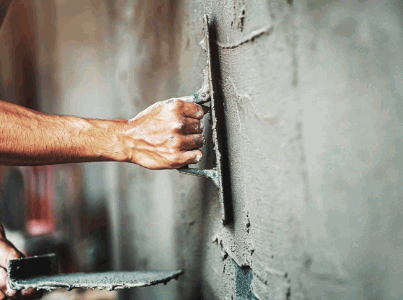
Reducing the cost of plastering can be achieved through methods such as DIY plastering, negotiating with contractors, and opting for alternative materials.
DIY plastering is a cost-effective way to tackle smaller jobs, though it requires some skill to apply and skim the plaster to achieve a smooth finish.
When embarking on a DIY plastering project, it is essential to have the right tools on hand. A good-quality trowel, plaster hawk, mixing bucket, and sanding block will be your best mates throughout the process. Begin by preparing the surface, filling any holes or cracks, and ensuring it is clean and dry before applying the plaster.
Practising control and precision while spreading the plaster evenly is key to avoiding uneven surfaces. After the plaster has been applied, the skilled application of a finishing skim coat will give your walls a polished look.
If you master these skills, you can potentially save a significant amount compared to hiring a professional. DIY plastering is best suited for small to medium-sized jobs such as repairing damaged walls, patching holes, or even creating decorative finishes.
Negotiating with contractors can help reduce plastering costs, especially in competitive markets like London where multiple quotes can be compared.
When seeking quotes from contractors, make sure to provide detailed project specifications to ensure accurate estimates. It is also essential to establish clear communication channels with the contractor, discussing timelines, budget constraints, and any specific preferences you may have.
Don't shy away from asking for references or checking online reviews to gauge the contractor's reputation and past work quality. Being well-informed and prepared before negotiations begin can enable you to make informed decisions and secure the best possible deal for your plastering project.
Using alternative materials for plastering can result in significant cost savings whilst still achieving a similar finish to more traditional methods.
One popular alternative material for plastering is lime plaster, known for its breathability and flexibility, making it ideal for older buildings. It may require more skill to apply but can offer a beautiful, authentic look.
Another option is cement plaster, which is durable and commonly used for exterior surfaces due to its strength.
Gypsum plaster is a cost-effective alternative, quick to apply, and less prone to cracking.
Each material varies in cost, application, and durability, so it is essential to compare them based on your specific needs.
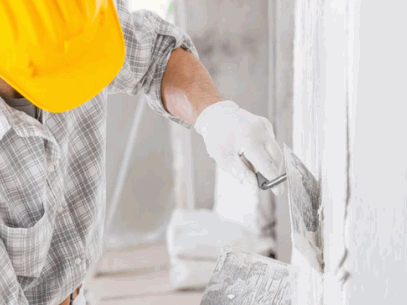
Hiring a professional plasterer offers several benefits, including high-quality workmanship, time and cost efficiency, and the expertise and experience necessary to handle complex jobs.
Quality workmanship from a professional plasterer ensures a smooth and durable finish that enhances the overall appearance and longevity of the plastering job.
When a skilled plasterer is hired, they bring expertise in techniques like trowelling, floating, and texturing, which are essential for achieving a flawless finish. A meticulous approach to surface preparation, including proper cleaning and priming, sets the foundation for a lasting result. The use of high-quality materials and the ability to address any imperfections promptly contribute to a superior end product. These professionals also have an eye for detail that ensures every corner and edge is impeccably finished, creating a polished look that elevates any space.
A professional plasterer can complete the job more efficiently, saving both time and money by avoiding common mistakes and ensuring the work is done correctly the first time.
The expertise of a seasoned plasterer not only speeds up the project timeline but also reduces the likelihood of errors that could lead to costly rework. Their in-depth knowledge of different techniques and materials allows for a seamless and durable finish, ultimately saving you from potential future repairs. Professionals often have access to specialised tools and equipment, further streamlining the process and enhancing the quality of the final result.
The expertise and experience of a professional plasterer enable them to tackle even the most challenging plastering jobs with precision and skill.
Professional plasterers possess a deep understanding of the intricacies involved in various plastering techniques, allowing them to deliver high-quality results consistently. Their keen eye for detail ensures that every surface is flawless and smooth, enhancing the overall aesthetics of the space.
Their vast experience equips them with the ability to troubleshoot potential issues quickly and find effective solutions, preventing any delays or errors in the project timeline. This level of expertise not only saves time and resources but also guarantees a durable and long-lasting finish.
